Several years ago, while traveling in my role as a Gartner analyst, I was reminded of the absurdity of strategy frameworks. A group of us were attending an industry event, probably in Las Vegas or Orlando, for which I had somehow totally forgotten to register.
I cautiously approached the venue entrance where a humorless security guard stood sentry. “Badge,” he intoned, with the expectant indifference of a TSA checkpoint officer.
I stood for a pregnant moment and blinked slightly as my quicker-witted colleague reached for the perfect line: “It’s OK, sir; we’re industry analysts,” he said, holding up his own badge for inspection. Without missing a beat, another colleague offered: “And we have a framework.”
It was a light moment of geek humor, and a self-deprecating jab at a profession that sometimes takes itself just a bit too seriously. But it was also a reminder of how deadly serious we can all be about strategy frameworks. And how we often expect them to practically save lives.
What’s a Strategy Framework?
There are great examples of illuminating frameworks that can help us organize and orient strategic decision making. Gartner, of course, is best known for two frameworks in particular:
The Magic Quadrant:
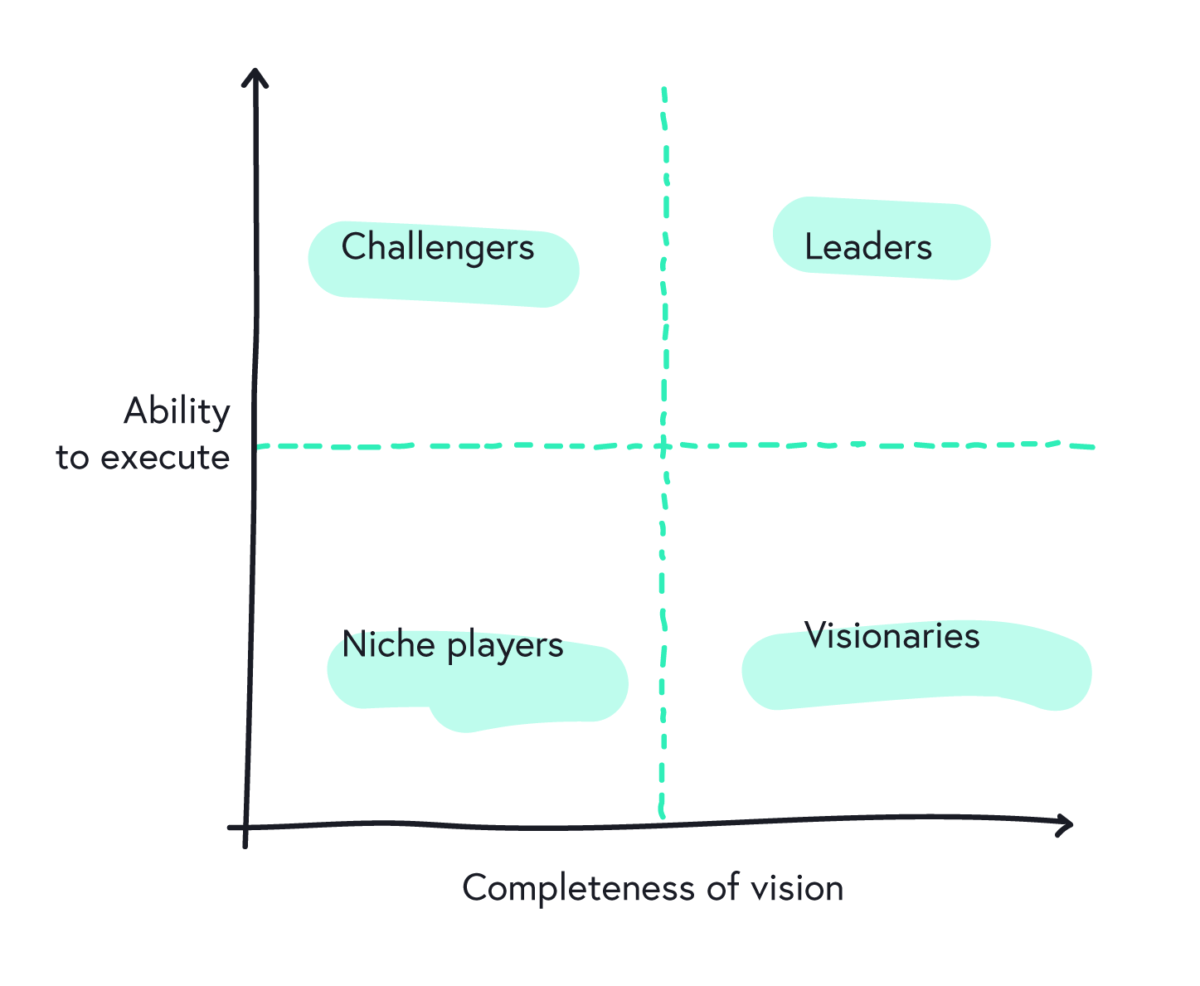
The Hype Cycle:
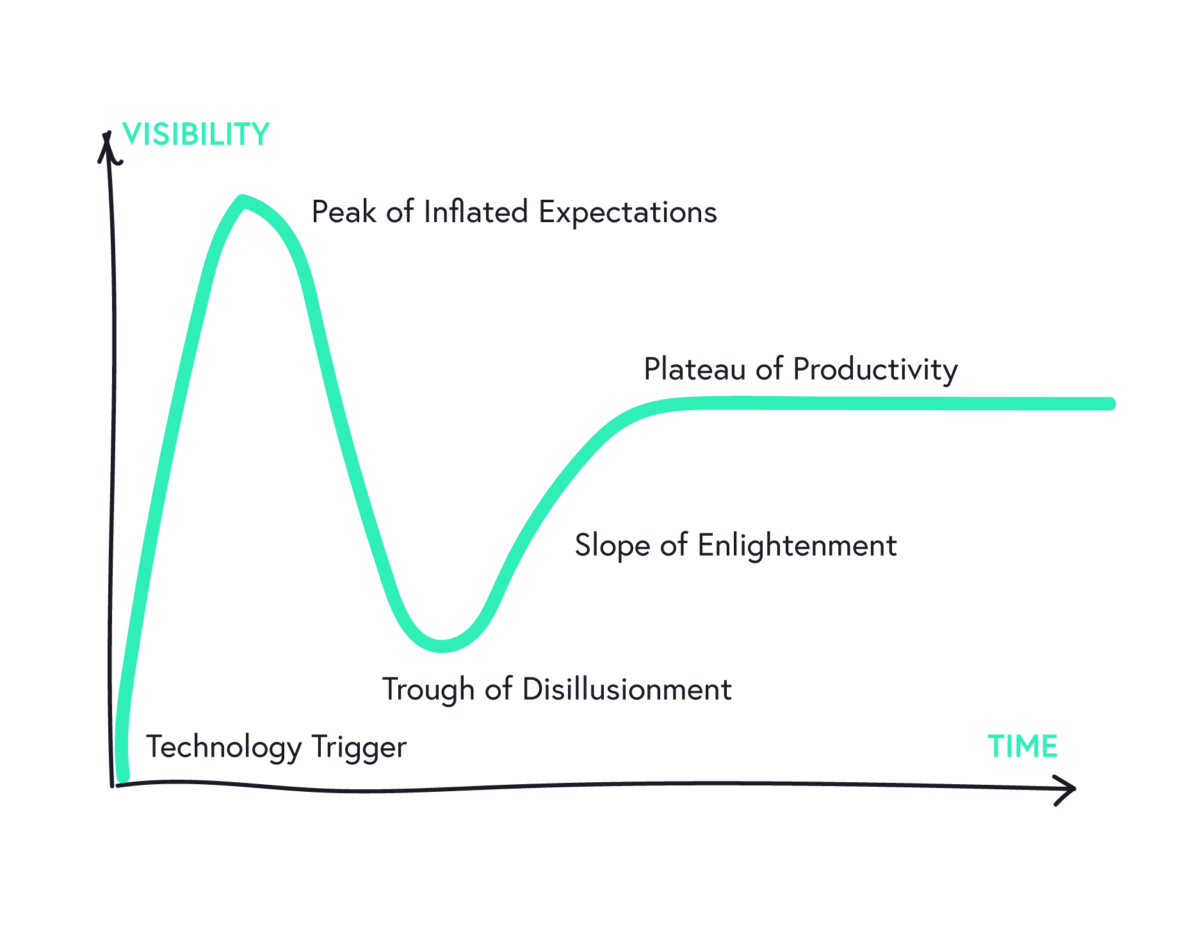
And several others are also time-tested as worthy and incisive decision-support tools:
Porter’s Five Forces:
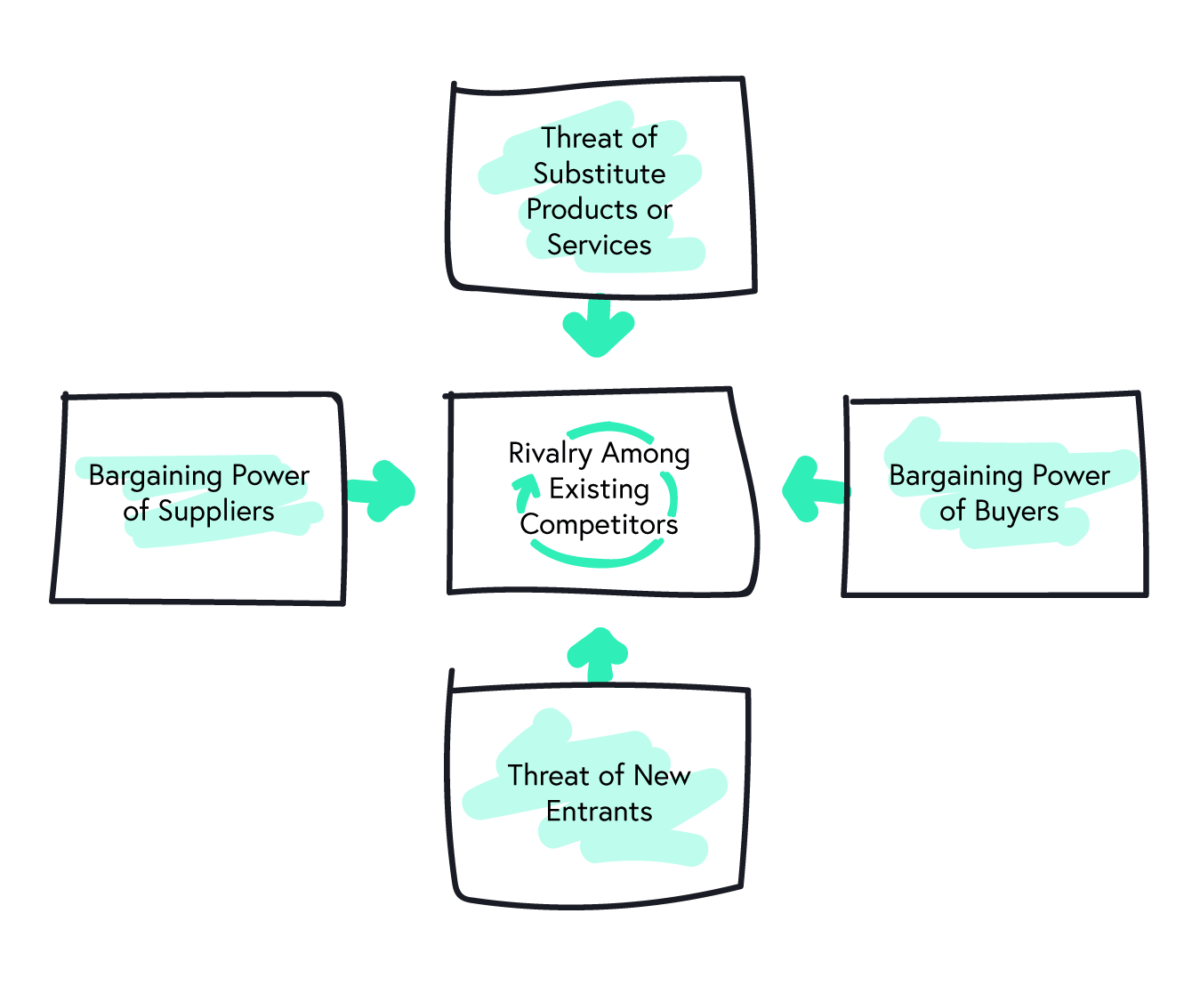
The Growth-Share Matrix (a.k.a., The BCG Matrix):
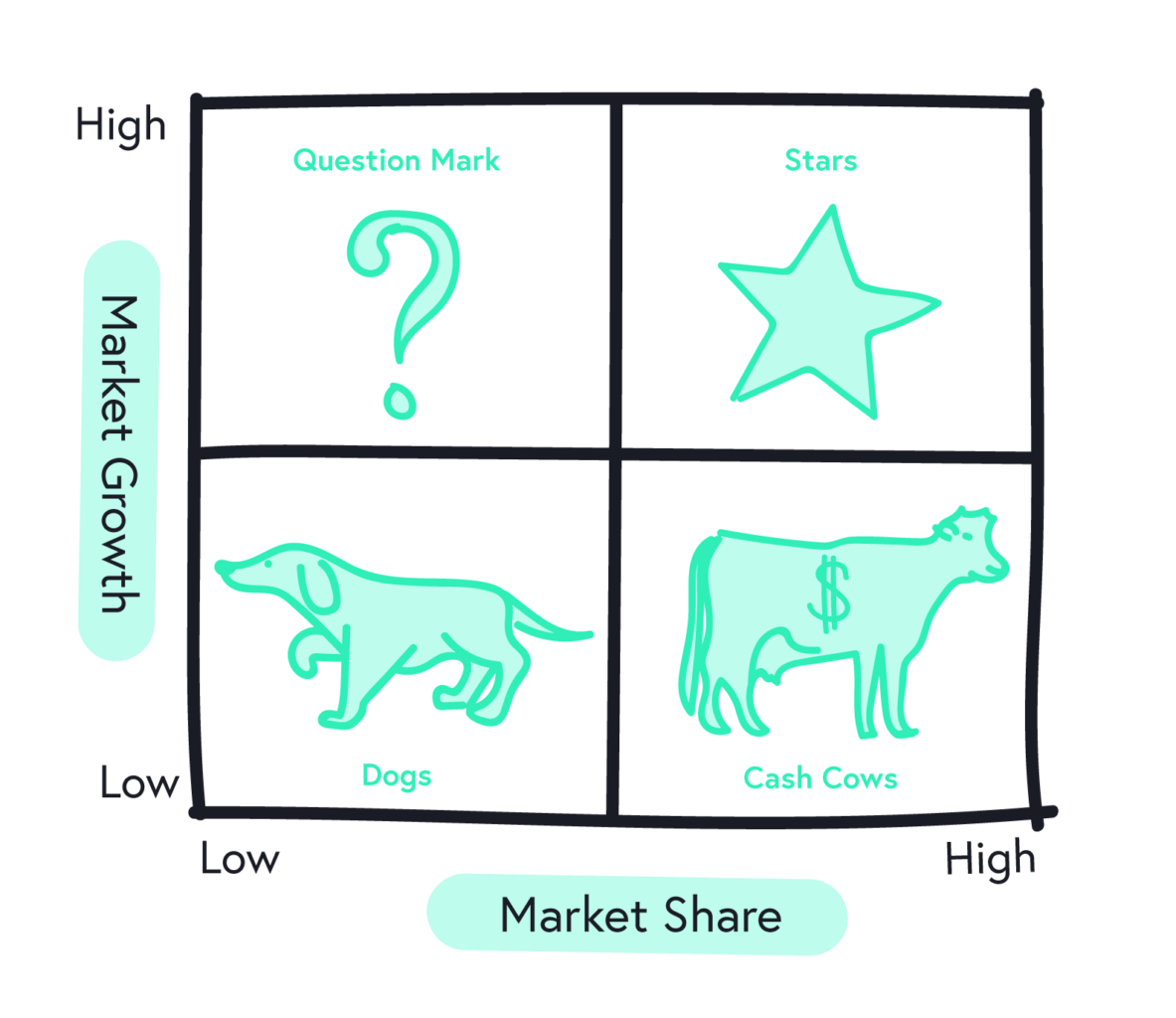
And my personal favorite:
The Ansoff Matrix:
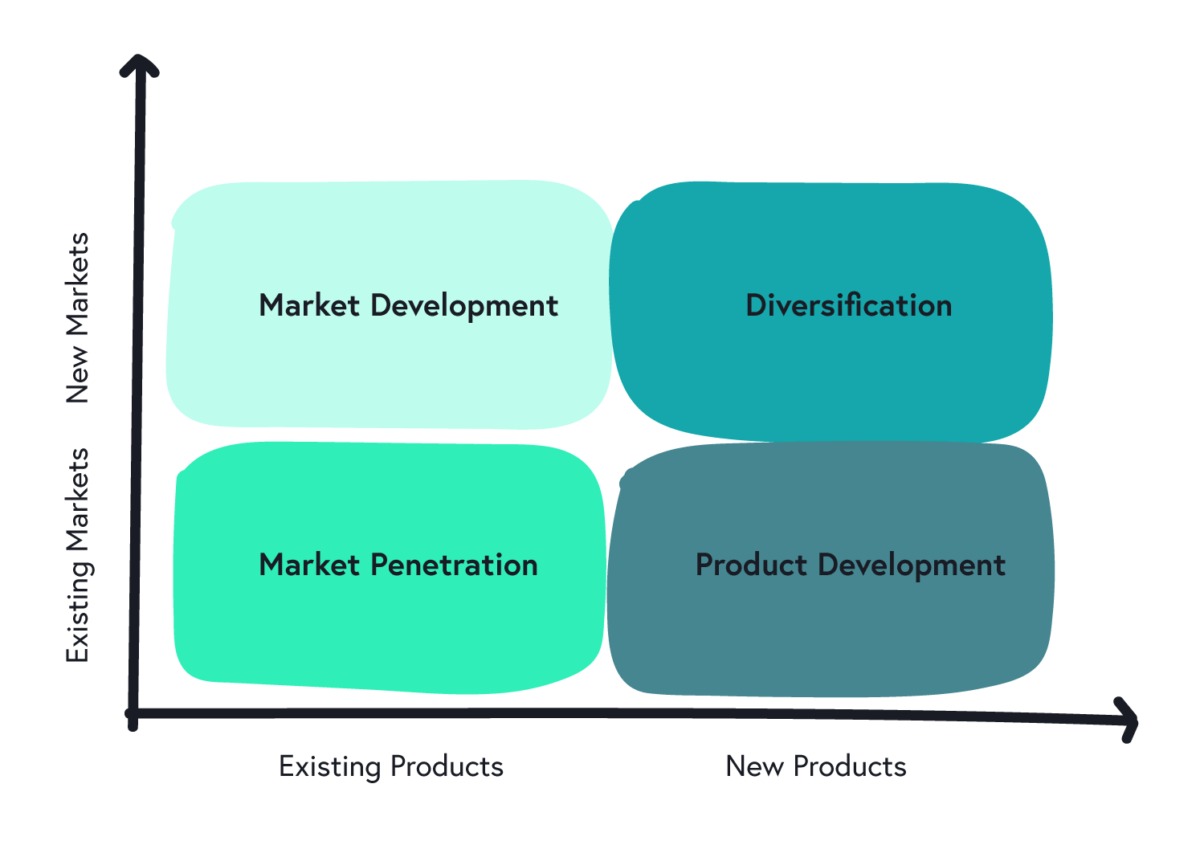
But the truth is, even the best frameworks can steer you wrong.
Click-whirr
If you’re reading this, there’s a very good chance that you’re in the business of thinking for a living. And if you think for a living, you’re probably familiar with that magic moment when a logical argument–either yours or someone else’s–is so tight and so bright, so clear and so articulate, so incisive and so thoughtful, that it somehow makes the world snap into focus.
It’s as if, for a brief moment, everything makes sense.
That’s a good feeling, the “click-whirr” moment that Robert Cialdini refers to in his classic book on the psychology of persuasion. Click is when the pattern is detected; whirr is when your brain spools into action.
Cialdini describes this as a fixed-action pattern, the almost reflexive human tendency to respond favorably to sense-making patterns, adopting these models as the prevailing epistemological view for answering any arbitrary question or challenge.
Marketers use this fixed-action principle in telling stories that drive customer action–but so does anyone with something to sell, whether that’s fabric softener, an idea, or a proposed strategy. The best frameworks affect this sort of click-whirr dynamic, signaling pristine clarity for those encountering the model for the first time, and giving them supreme confidence in its wisdom.
“It’s Not Framework-y Enough”
This was an actual piece of feedback I got in peer review as a Gartner analyst. What my colleague probably meant was that my written advice was a bit too complex, too disorganized, leaving the reader to do much of the heavy lifting in making sense of it all.
The feedback, it turns out, was spot on. But the way it was phrased triggered a fundamental question: Does everything have to be reduced to a framework? Can it? Should it? The answer, of course, is a resounding “no,” but you can’t blame others for trying.
We live in an age of widespread attention deficit, a time when all things complex and/or long-form are mostly ignored, just as the opposite drives audience engagement, virality, and sometimes makes careers. As a consequence, every list must be, to use the consulting term, “MECE,” mutually exclusive, collectively exhaustive. Virtually every idea must be packaged, reduced, refined, distilled to its core essence or fade away to the dustheap of great nuanced thinking that nobody ever even noticed.
How Frameworks Steer Us Wrong
Case in point, sort of. Consider the “Conjoined Triangles of Success,” the vapid, nonsensical model made famous by delightful windbag CEO, Jack Barker, on HBO’s Silicon Valley.
The Conjoined Triangles of Success
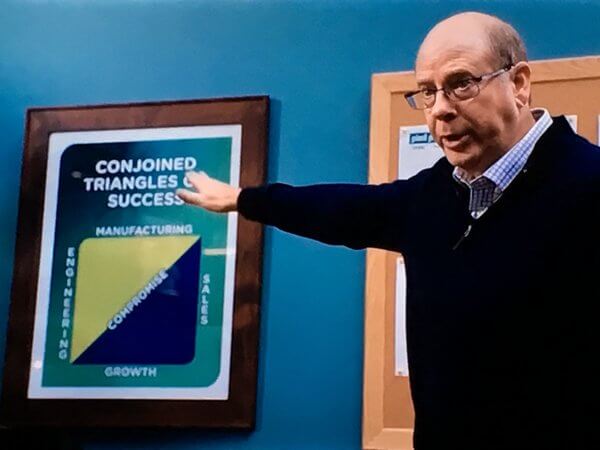
This is pure parody, of course, but it’s flirting with a certain truth: if we reduce the sauce too much, we often end up with little more than banal nonsense masquerading as incisive wisdom.
A great strategic framework can bring clarity and order to muddled and disorganized thought. But in the service of this clarity, many frameworks get by on glib explanation and hollow platitudes, which can lull you into the false confidence that you’ve converged on some rare truth.
In our effort to produce simple, we often achieve simplistic.
But even a good framework can steer us wrong by suggesting that it alone imparts actual answers. The reality is that even the best frameworks can’t answer your questions; they can only suggest which questions to ask. The rest is on you.
When we ask too much of a framework we may be less inclined to dig deeper, to prosecute the deeper investigations that our efforts undoubtedly deserve. In doing so, we’re cheating ourselves of the real insights that come from going to dark uncomfortable places strewn with messy data that reveal frequently conflicting narratives. Wrestling these dragons to the ground is how great strategies are made; not by following paint-by-numbers or cereal box wisdom.
A Final Word on Frameworks
I’m not suggesting that frameworks are somehow bad. In fact, many of the ones I cited above are brilliant (Jack Barker’s model excepted). What I am suggesting, however, is that we use frameworks with discretion–and that we expect a bit less of them. Because even the best frameworks won’t relieve us of the burden of the difficult, messy, important work of thinking for ourselves, as old-fashioned as that may sound and as un-meme-worthy as it may be.


